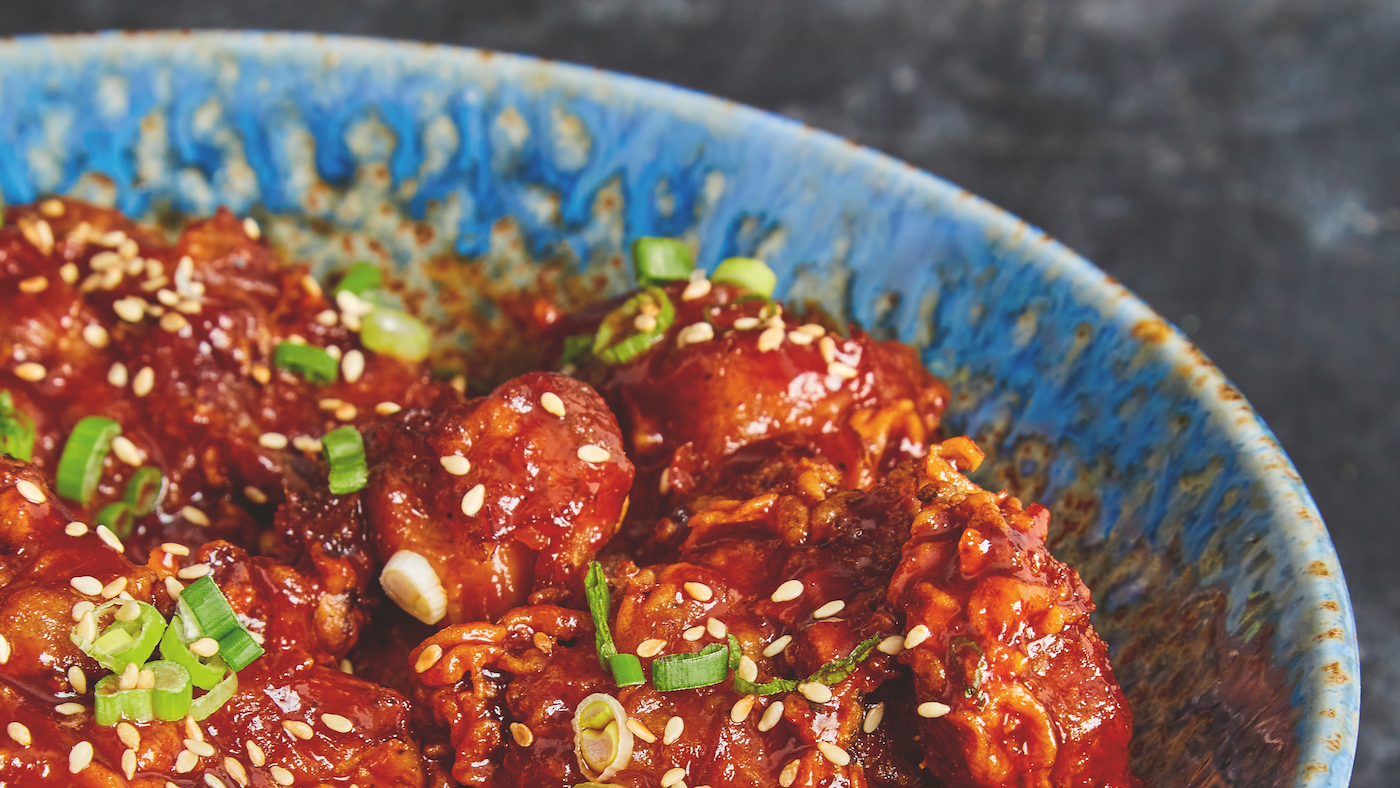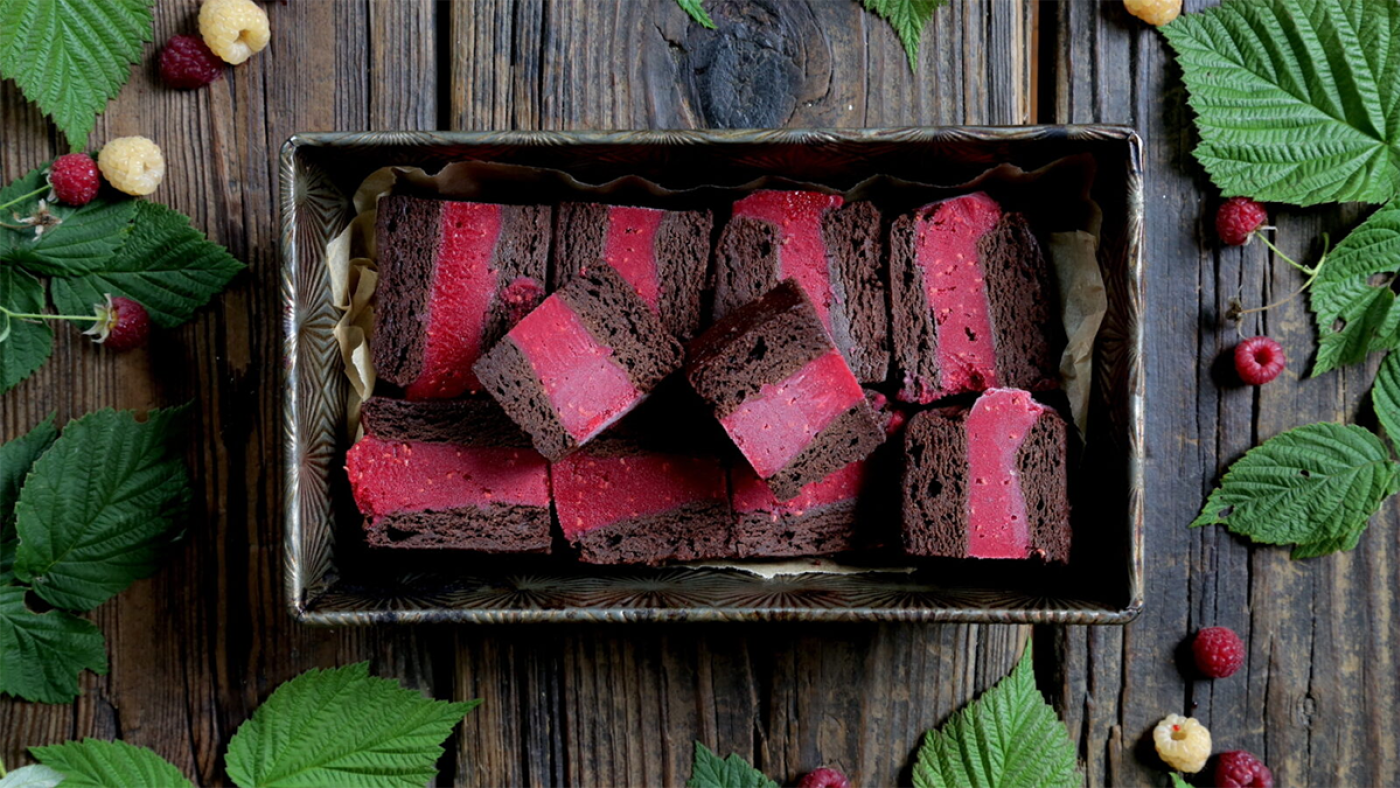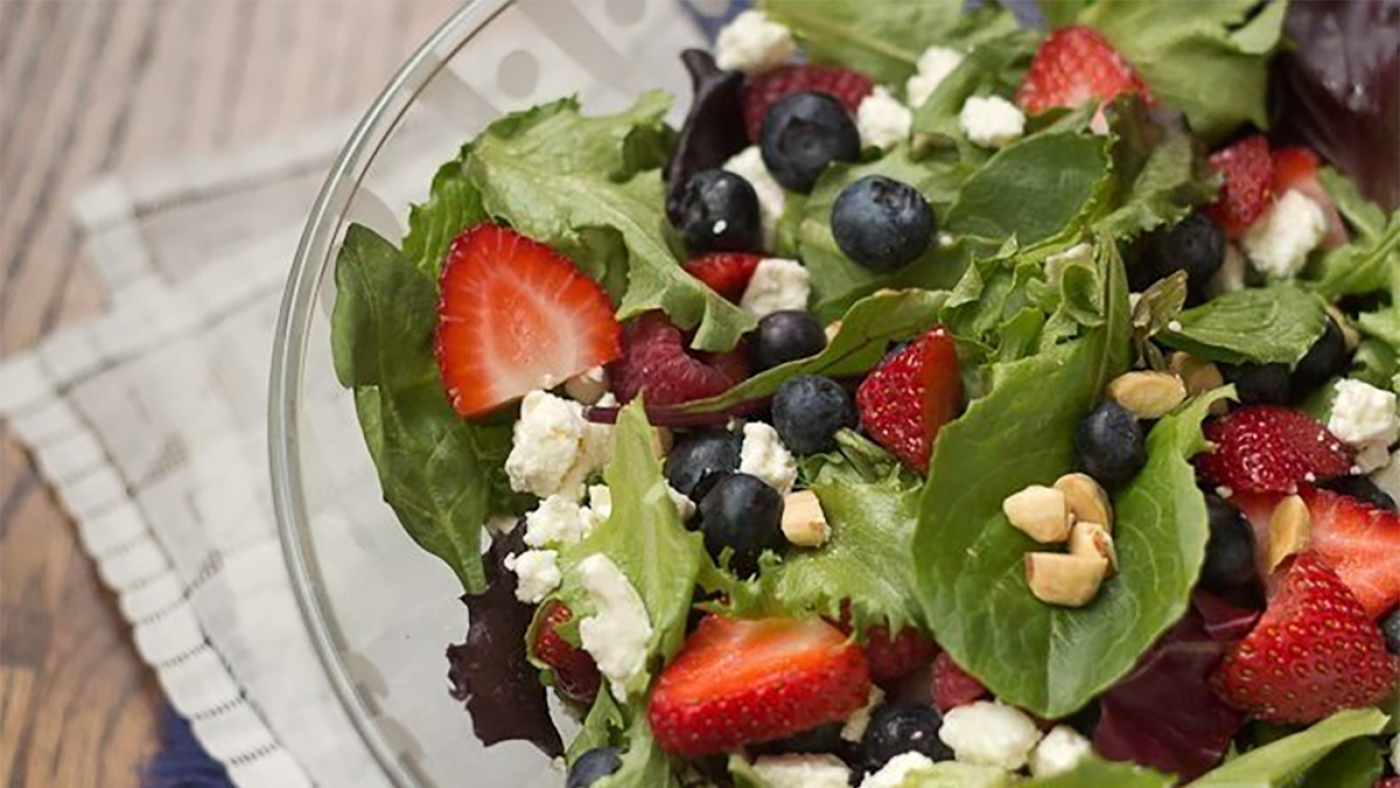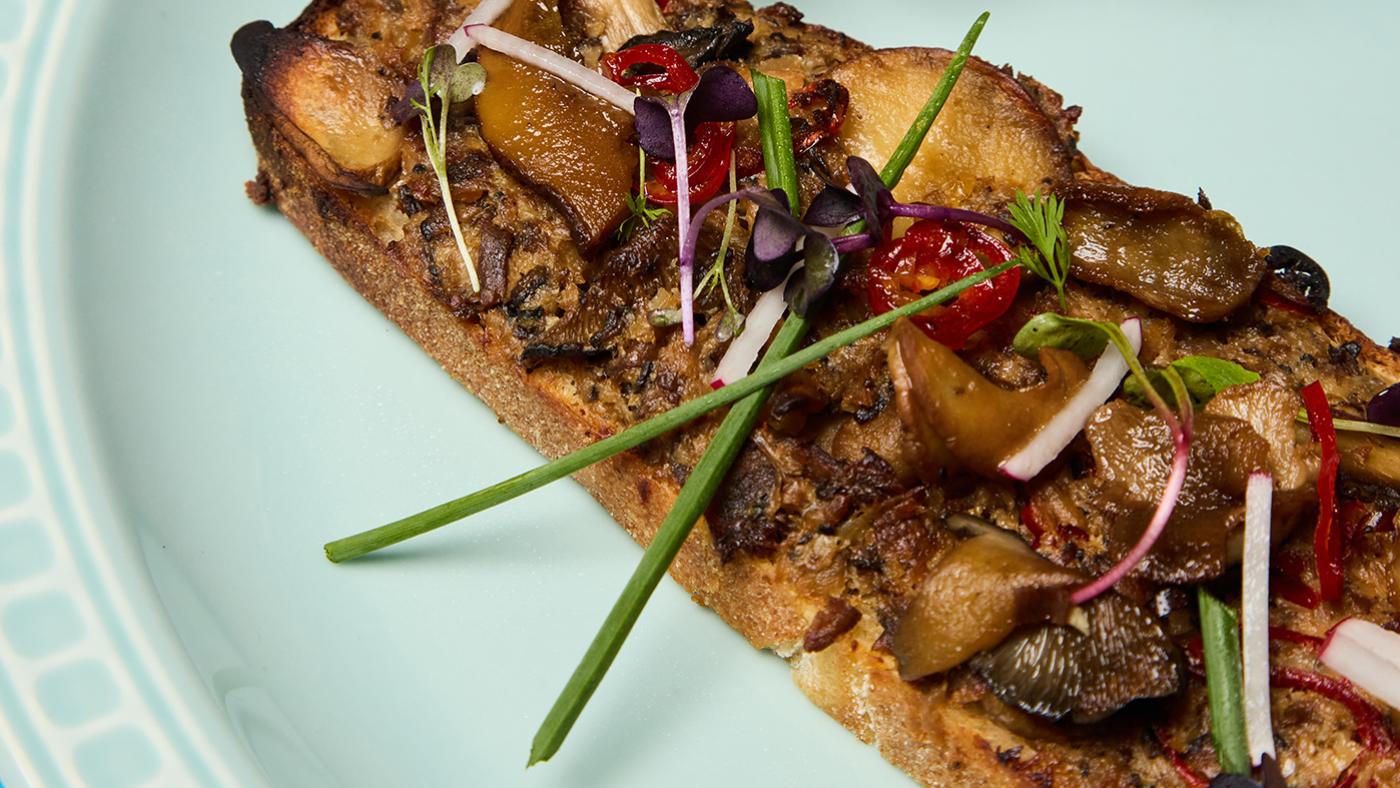A Recipe for Korean Fried Chicken from a New 'Milk Street' Cookbook
Daniel Hautzinger
July 2, 2024

Get more recipes, food news, and stories at wttw.com/food or by signing up for our Deep Dish newsletter.
The idea behind the new Christopher Kimball's Milk Street cookbook Milk Street 365 is to be "your Cooking 101 for 2024," says J.M. Hirsch, the editorial director of Milk Street. It includes both Milk Street's "greatest hits" and the recipes that the team at Milk Street thinks a "confident, capable, and excited home cook" should be able to make in the twenty-first century: Korean fried chicken, tacos al pastor, hummus. (Hirsch won a James Beard Award for a recipe and story for Milk Street about hummus in Israel.)
The recipe repertoire of a home cook "obviously is very different in 2024 than it was twenty or thirty years ago," Hirsch says. "Palates have changed and we have become much more global." Milk Street 365 is an attempt to encapsulate those shifts and provide a large guidebook along the lines of The Joy of Cooking for our contemporary world.
Techniques have also changed to an extent, so the book includes "Change the Way You Cook" sections highlighting things such as knife skills, ingredients, and modes of cooking. Two of Hirsch's favorite tricks are "steam searing" vegetables to ensure both doneness and a crisp exterior and oven-frying with the use of a cornstarch coating, which gives some of the effect of frying without the mess and oil.
The Korean fried chicken recipe is truly fried, however, but that doesn't keep Hirsch from making it. "I am not the sort of guy who cooks fried chicken very often, but I love that recipe," he says. Try it below.
Korean Fried Chicken
Excerpted from Milk Street 365 by Christopher Kimball. Copyright © 2024 by CPK Media, LLC. Used with permission of Voracious, an imprint of Little, Brown and Company. New York, NY. All rights reserved.
In Seoul, we learned that South Korea is home to multiple styles of fried chicken. Of them, we were especially smitten with dakgangjeong – two-bite pieces of crisp, well-seasoned chicken coated with a sticky, garlicky, sweet-salty, umami-rich glaze. Our recipe is based on versions shown to us by chefs Ryan Phillips and Donill Keum. As they taught us, we briefly marinate our chicken in a soy-based mixture to guarantee that each bite is thoroughly seasoned. We then remove the chicken but reserve some of the marinade to combine with flour, cornstarch and water, creating a slurry for coating the pieces before slipping them into the hot oil. The slurry fries into a light, crisp crust. But the real trick to dakgangjeong is double-frying the chicken, with a few minutes of rest between stints in the hot oil. This creates a superlative crispness – one that holds its texture even after saucing – without overcooking the chicken. Finally, we toss the golden-brown, just-fried pieces with a simple no-cook gochujang-honey sauce that clings deliciously and makes this fried chicken all the more enticing.
Ingredients
1/2 cup plus 2 tablespoons soy sauce, divided, plus more if needed
1 tablespoon finely grated fresh ginger
Ground black pepper
2 pounds boneless, skinless chicken thighs, trimmed and cut crosswise into 2- to 3-inch sections
1/4 cup plus 2 tablespoons gochujang
3 tablespoons honey
2 tablespoons white sugar
1 tablespoon unseasoned rice vinegar
2 medium garlic cloves, finely grated
1 cup cornstarch
3/4 cup all-purpose flour
2 quarts peanut or canola oil, plus more if needed
4 scallions, thinly sliced
Sesame seeds, toasted, to serve
Directions
1. In a medium bowl, stir together 1/2 cup of the soy sauce, the ginger, and 2 teaspoons pepper. Add the chicken and stir to coat. Cover and refrigerate for 30 to 45 minutes. Meanwhile, in a large bowl, whisk together the remaining 2 tablespoons soy sauce, gochujang, honey, sugar, vinegar, and garlic; set aside. Line a rimmed baking sheet with a double thickness of paper towels.
2. Using a slotted spoon, transfer the chicken to the prepared baking sheet, letting excess marinade drip back into the bowl. Reserve 1/4 cup of the marinade (if the amount comes up short, make up the difference with additional soy sauce); discard the remainder and reserve the bowl. Pat the chicken dry with additional paper towels.
3. In the reserved bowl, whisk together the reserved marinade, cornstarch, flour, and 1 1/4 cups water; set aside. Set a wire rack in a rimmed baking sheet. Pour enough oil into a large Dutch oven to reach a depth of about 1 1/2 inches. Heat over medium-high to 350°F. Meanwhile, add one-third of the chicken to the slurry and turn to coat.
4. When the oil has reached 350°F, working quickly and using tongs, one at a time remove the chicken pieces from the slurry, letting excess drip back into the bowl, and carefully add to the oil. Fry the chicken, stirring occasionally, until light golden brown, about 2 minutes. Using tongs, transfer to the prepared rack. Return the oil to 350°F. In 2 additional batches, coat the remaining chicken in the slurry and fry in the same way, allowing the oil to return to temperature between batches.
5. After removing the third batch of chicken from the pot, return the oil to 350°F. Add the first batch of chicken plus half of the second batch to the oil. Cook, stirring occasionally, until crisp and deep golden brown, 2 to 3 minutes; the oil will sizzle at first, but as moisture evaporates, the sizzling will subside. Return the chicken to the rack. Return the oil to 350°F and fry the remaining chicken in the same way.
6. Transfer the hot chicken to the gochujang mixture in the large bowl. Using a silicone spatula, toss until evenly coated. Transfer to a platter and sprinkle with the scallions and sesame seeds.







